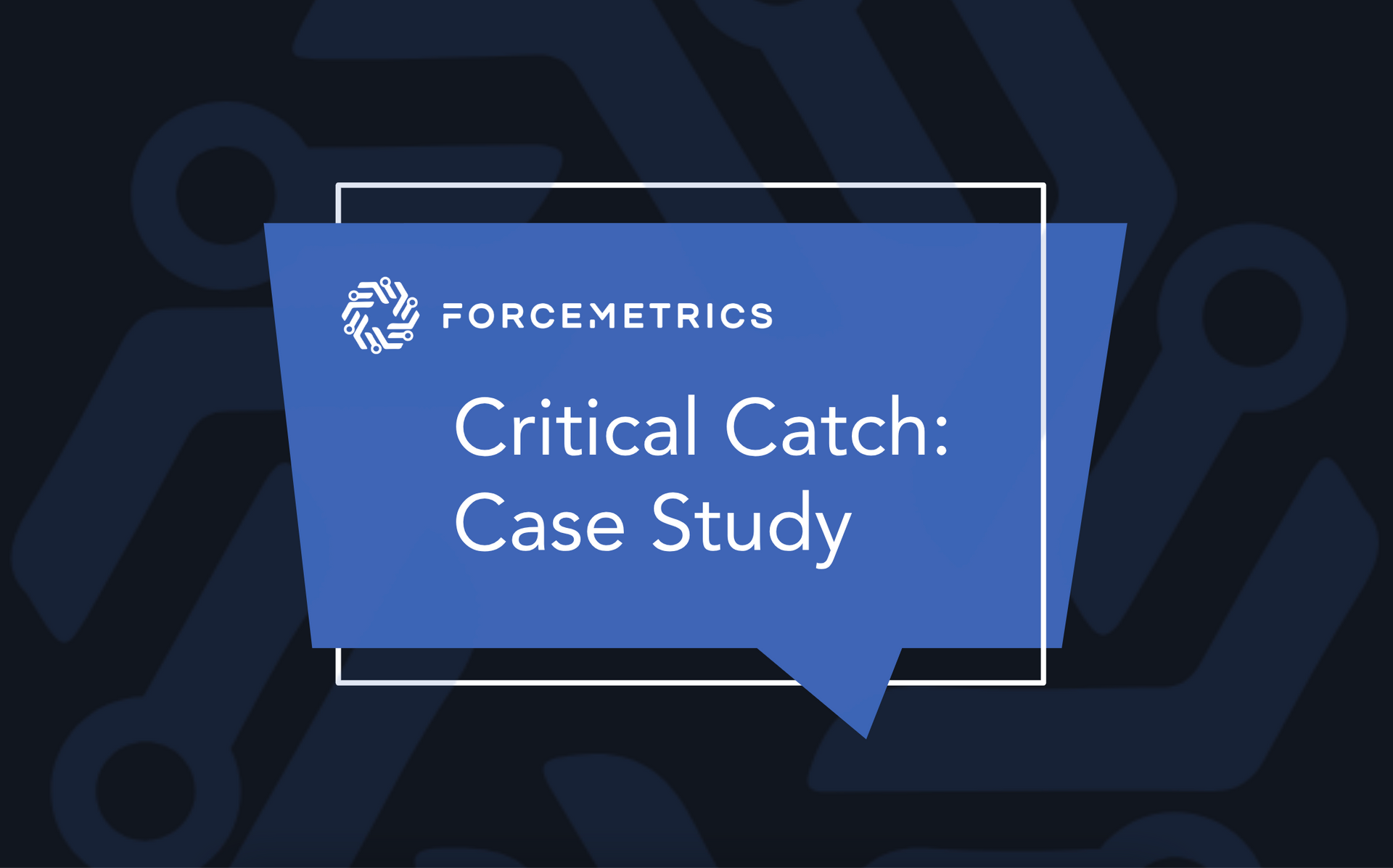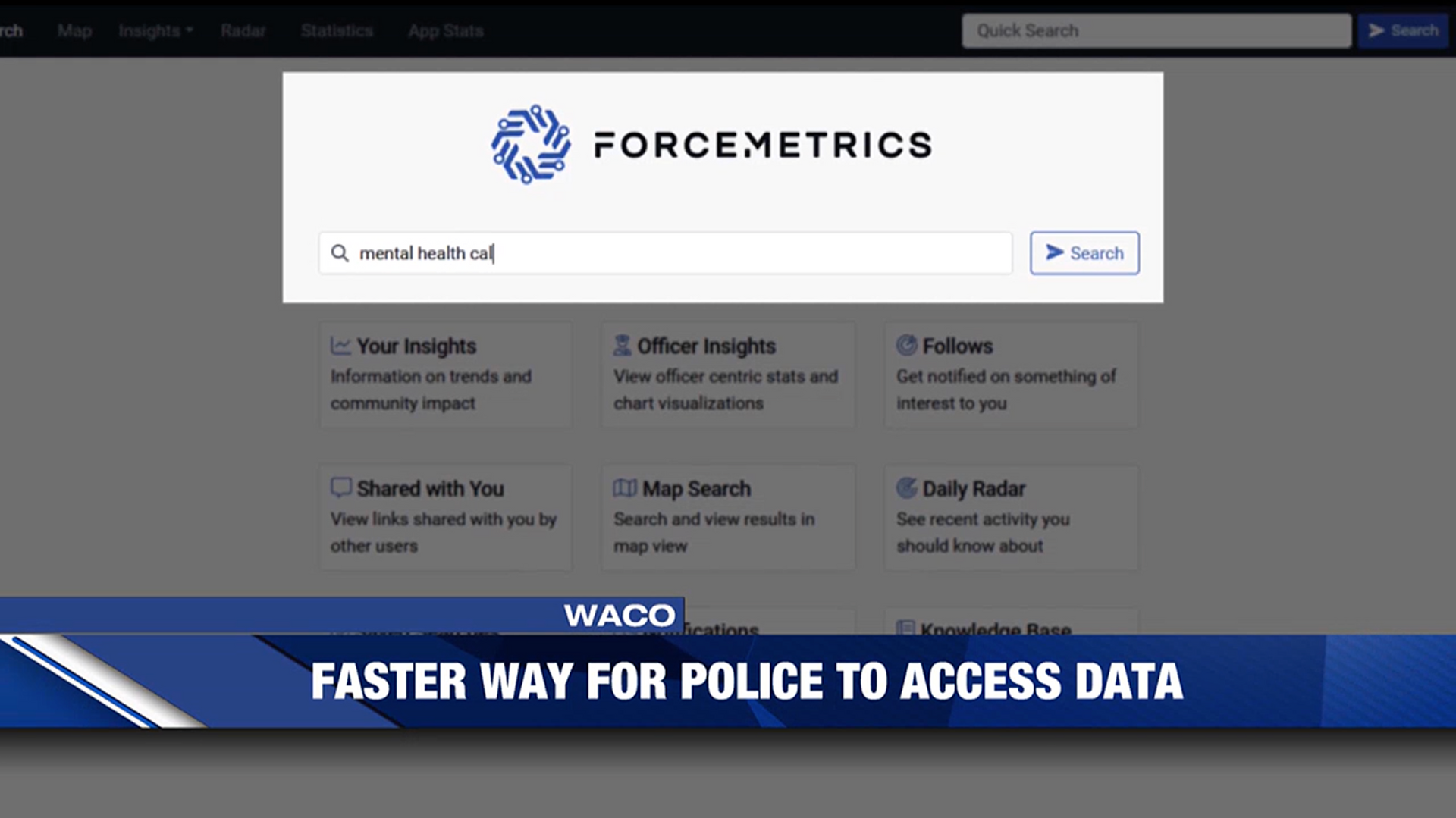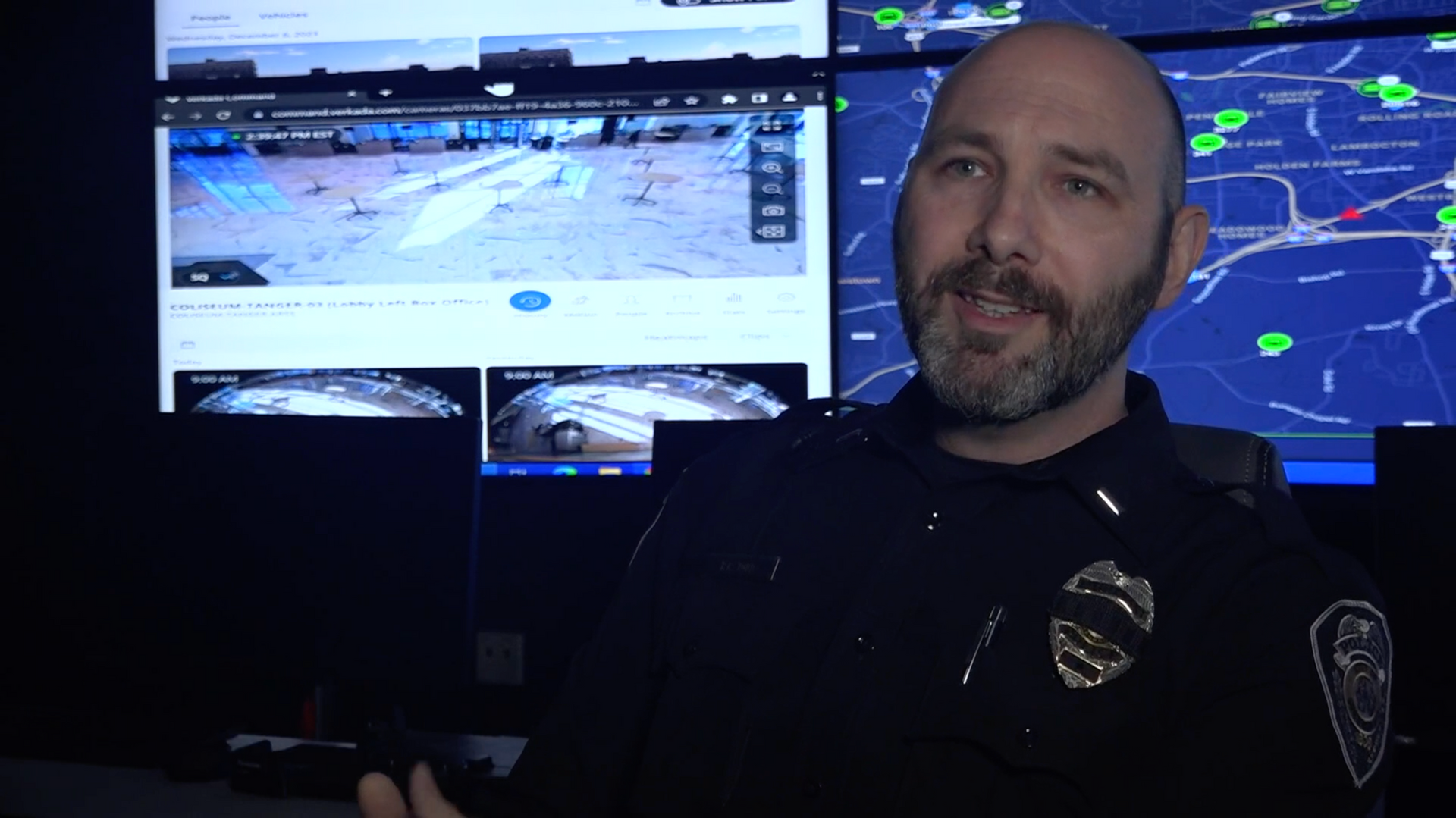Blog
Critical Context
The latest news, insights, and updates on all things ForceMetrics.

22 Apr, 2024
Anyone in law enforcement can attest that the more information you have going into a situation, the better the outcome will be. This standard applies to everyday calls for service, high-profile investigations and even walking into the next CompStat meeting. So why is the information still so challenging to obtain? As former law enforcement professionals who both saw and felt these challenges firsthand, the founders of ForceMetrics created a platform to address them.
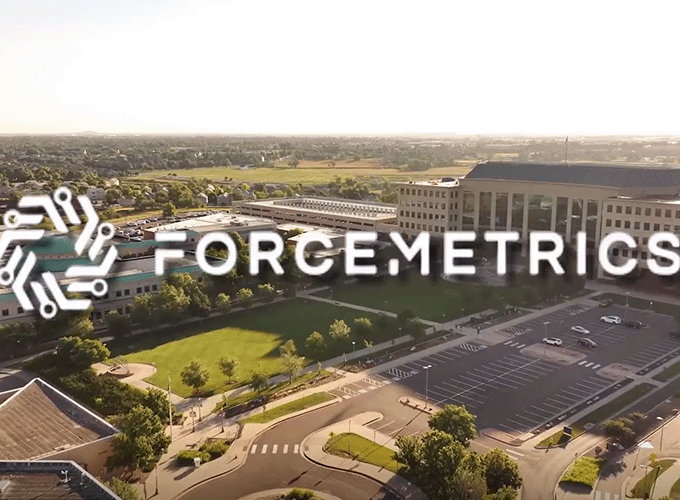
10 Apr, 2024
Aurora911 was the first city department to launch ForceMetrics with its entire staff. Emergency communications specialists can search and access vital safety, mental health and historical information in seconds rather than hours, improving the accuracy and appropriateness of resource deployment.
All Content

22 Apr, 2024
Anyone in law enforcement can attest that the more information you have going into a situation, the better the outcome will be. This standard applies to everyday calls for service, high-profile investigations and even walking into the next CompStat meeting. So why is the information still so challenging to obtain? As former law enforcement professionals who both saw and felt these challenges firsthand, the founders of ForceMetrics created a platform to address them.

10 Apr, 2024
Aurora911 was the first city department to launch ForceMetrics with its entire staff. Emergency communications specialists can search and access vital safety, mental health and historical information in seconds rather than hours, improving the accuracy and appropriateness of resource deployment.
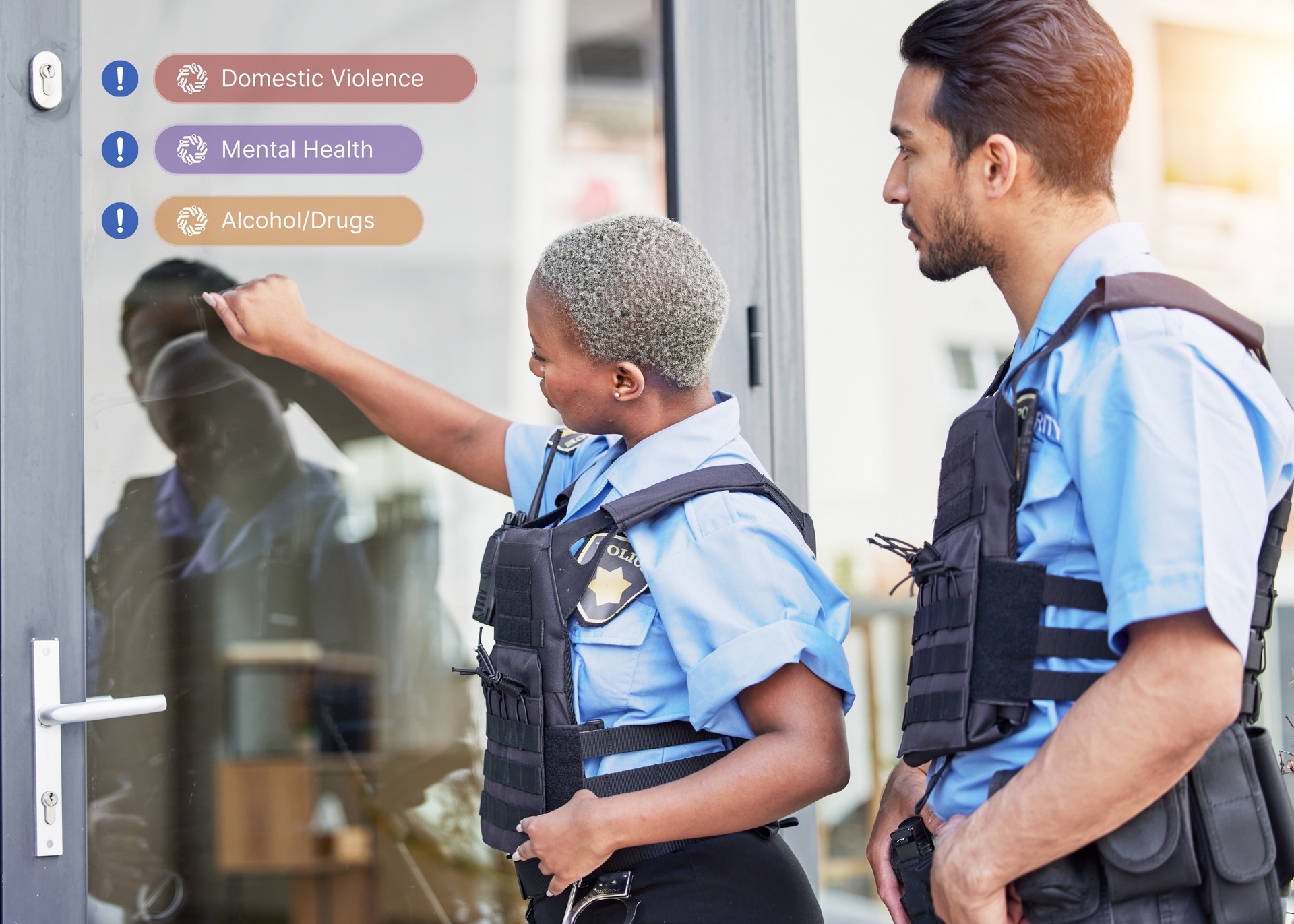
14 Mar, 2024
Imagine responding to a call with not just the information provided by dispatch, but a comprehensive, easy-to-understand overview of the situation at hand, including the people and places involved, key history, and important social needs and safety risks to be mindful of going in. At ForceMetrics, this is where we focus our efforts to help responders succeed.

18 Jan, 2024
One of many areas where technology is making a significant impact is in the identification of vehicles, providing law enforcement with powerful tools to streamline investigations, enhance public safety, and combat criminal activities. Here we'll explore the innovative ways technology is being used to identify vehicles in policing.

By Jason Truppi
•
21 Dec, 2023
In the dynamic landscape of law enforcement, the concept of stratified policing has emerged as a nuanced approach to addressing the diverse challenges faced in crime prevention and public safety. This evolving strategy recognizes the importance of tailoring policing efforts to specific layers, or strata, taking into account varying levels of crime, time and risk factors, departmental roles, and unique community needs and patterns. Yet the critical factor to a successful stratified policing approach is having the data available to properly assess and distinguish between these characteristics in the first place. Departments need clear, accurate, and contextual data to understand crime patterns and trends and truly put this evidence based policing strategy to meaningful work. Unpacking the Layers At its core, stratified policing involves the careful examination and classification of crime trends and community challenges based on set criteria. This approach recognizes that a one-size-fits-all strategy may not be effective in addressing the complex and multifaceted nature of crime. Instead, law enforcement agencies employing stratified policing seek to understand the unique characteristics of different strata and implement appropriately tailored solutions. The layers in stratified policing are often broken into immediate, short-term, and long-term problems. Immediate problems are generally recognized as isolated calls and incidents, though with varying degrees of significance, taking anywhere from minutes to months to resolve. Short-term problems are those that occur over days or weeks and are either repeat incidents or recognizable crime patterns, such as a series of similar crimes or crimes committed within a hotspot. Long-term problems or priorities exist over months or years, and frequently arise from opportunities created by everyday environmental or behavioral factors. Risk Assessment One key element of stratified policing is the strategic identification and prioritization of areas of focus based on their level of crime or risk factors. By allocating resources more intensively to high-crime areas, for example, law enforcement agents can maximize their impact and create a more targeted response to identified challenges. Community Engagement Building trust and fostering partnerships within the community are integral components of successful stratified policing. Recognizing that different communities have unique needs and concerns, law enforcement agencies actively engage with residents to understand and address their specific issues. This collaborative approach helps to bridge the gap between law enforcement and the community, creating a more effective and responsive policing environment and bolstering public safety in turn. Data-Driven Approaches In our modern world ruled by information and technology, data plays perhaps the single most critical role in shaping effective evidence based policing strategies. Successful stratified policing leverages data and analytics to gain insights into crime patterns and trends within different areas or layers of a community. This information empowers law enforcement to make informed decisions, strategically allocate resources, optimize workflows and performance, and implement targeted interventions where they are needed most. Problem-Oriented Policing Stratified policing goes beyond surface-level crime prevention by addressing the root causes of issues within a community. This problem-oriented approach necessitates effective collaboration with other community agencies and organizations to tackle underlying factors contributing to crime. By addressing these issues head-on, and facilitating open communication and information sharing among community stakeholders, law enforcement agents can create lasting solutions and improve overall community well-being. Conclusion: A Tailored Approach for Safer Communities As law enforcement continues to evolve, the concept of stratified policing stands out as a promising strategy for creating safer and more resilient communities. By recognizing and responding to the unique challenges and needs of our communities with tailored, data-driven approaches, law enforcement agencies can make a lasting, meaningful impact – reducing crime, building trust, fostering collaboration, and ultimately creating a safer environment for all. As this approach continues to develop, it will be essential to stay informed on emerging best practices and adapt strategies to meet the ever-changing needs of our diverse communities. ForceMetrics is actively enabling agencies to leverage clear, contextual data in the implementation of more accurate and successful stratified policing programs. Connect with us to learn how we can help your agency navigate the layers.

10 Nov, 2023
Time is of the essence in most law enforcement scenarios. Having information readily available can make all the difference in the outcome of an incident. The more information a first responder has going into a call for service, the more efficiently and effectively they can respond. Now as personnel is at an all time low in the law enforcement world, time is more critical than ever. There are less boots on the ground to handle ever-increasing call loads as crime rates continue to grow, and countless hours are being directed toward recruiting additional staff that may not be there. ForceMetrics’ team of engineers, data scientists, and former law enforcement have developed an application to close the information gap, allowing departments to more efficiently serve their communities with the officers already on hand. Providing lightning speed search and critical data insights above and beyond the standard CAD or RMS system, departments in several states are already seeing the value of the ForceMetrics platform. Intended to sit on top of current police systems, ForceMetrics streamlines existing data across sources into a single interface with modern search functionality , allowing officers and dispatchers the ability to find hidden information and narrow down a search like never before. The Abilene (TX) Police Department is one of the early agencies experiencing the impact of the ForceMetrics platform. In a recent search the department conducted for an individual involved in drug activity, Abilene investigators had only a first name and numerics found in the background of a social media photo as their lead. Investigators spent the day attempting to locate the same house pictured in the social media post before the ForceMetrics team suggested searching the numerics in the ForceMetrics application. The app quickly narrowed the search down to five potential addresses, and the investigators voiced the time savings they could have seen had they had the technology at the start of their search. In another instance, Texas Rangers were called in to help investigators looking for a reported kidnapped juvenile. The suspected kidnapping meant numerous search parties were organized, taking needed law enforcement personnel off of other calls. Yet upon searching the victim’s name within ForceMetrics, a narrative of a recent shoplifting incident was returned, where the suspect description matched that of the missing juvenile. With a kidnapping ruled out, the APD was then able to manage the case from there, relieving the Texas Rangers from the search to return their focus to other cases. In a case where an ICAC team was searching for a female predator with a penchant for teen boys, the investigators found no results for the woman’s name in their RMS. Turning to ForceMetrics, searching the same name quickly generated information from a call note regarding an underage child in a park with a woman. Investigators pursued the new lead and were able to quickly determine the woman was the same predator they had been attempting to track down. Having the right tools available can be transformative in the outcome of a call, easily making the difference between a cold case and a closed case. ForceMetrics is helping departments not only find information across databases faster, but also make sense of the data—enabling officers to recognize patterns and identify storylines in order to act quickly and decisively. With more accurate information and faster leads, our law enforcement can better utilize their existing resources and personnel to keep our communities safe.

